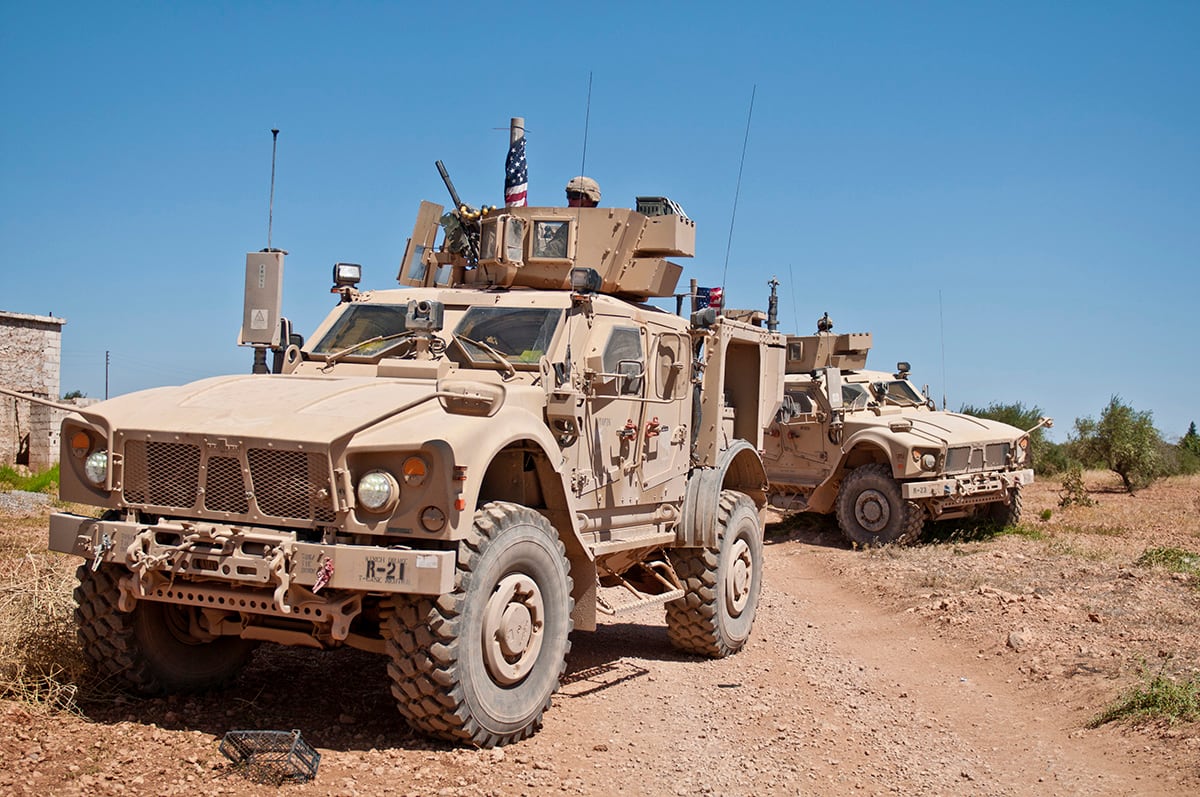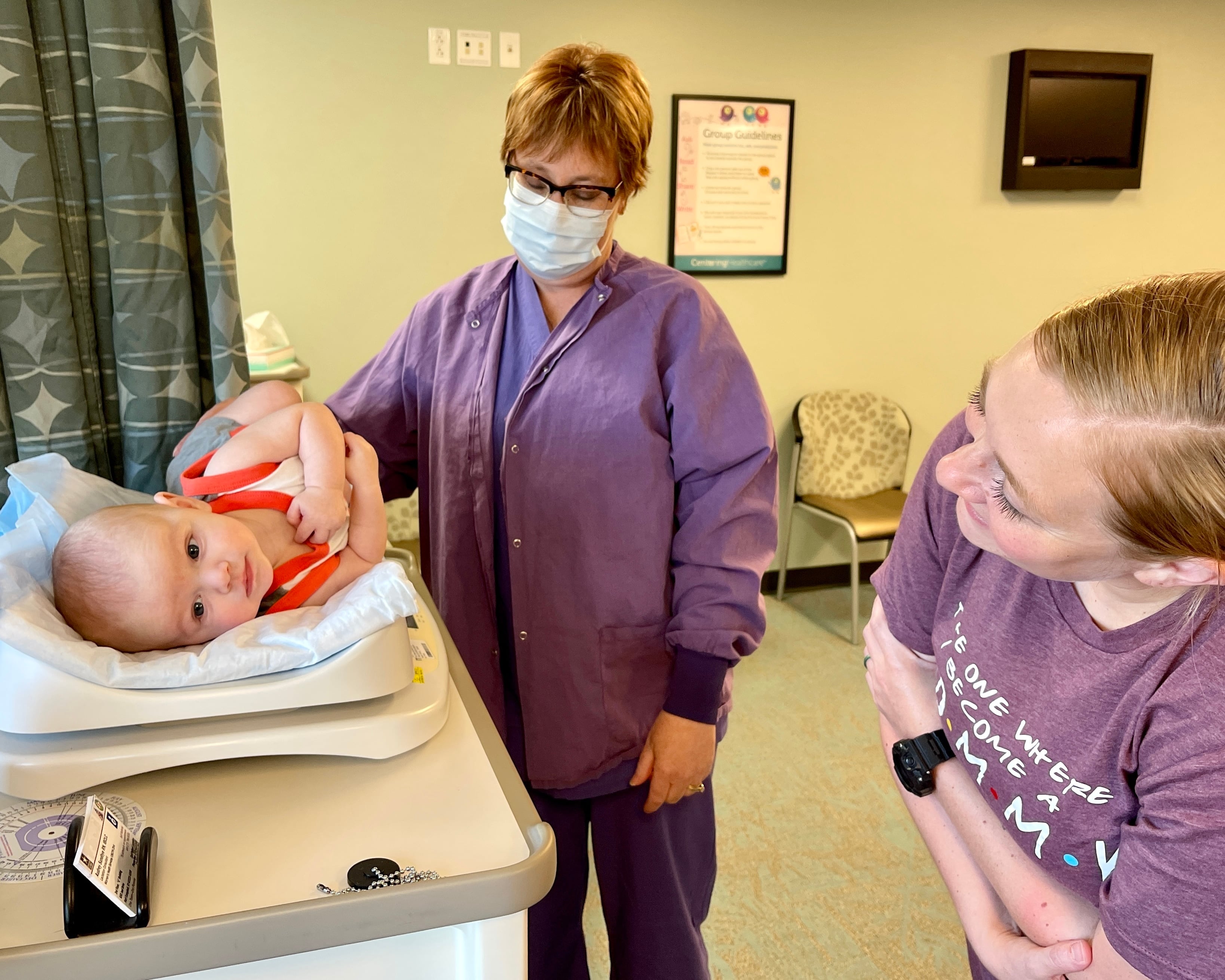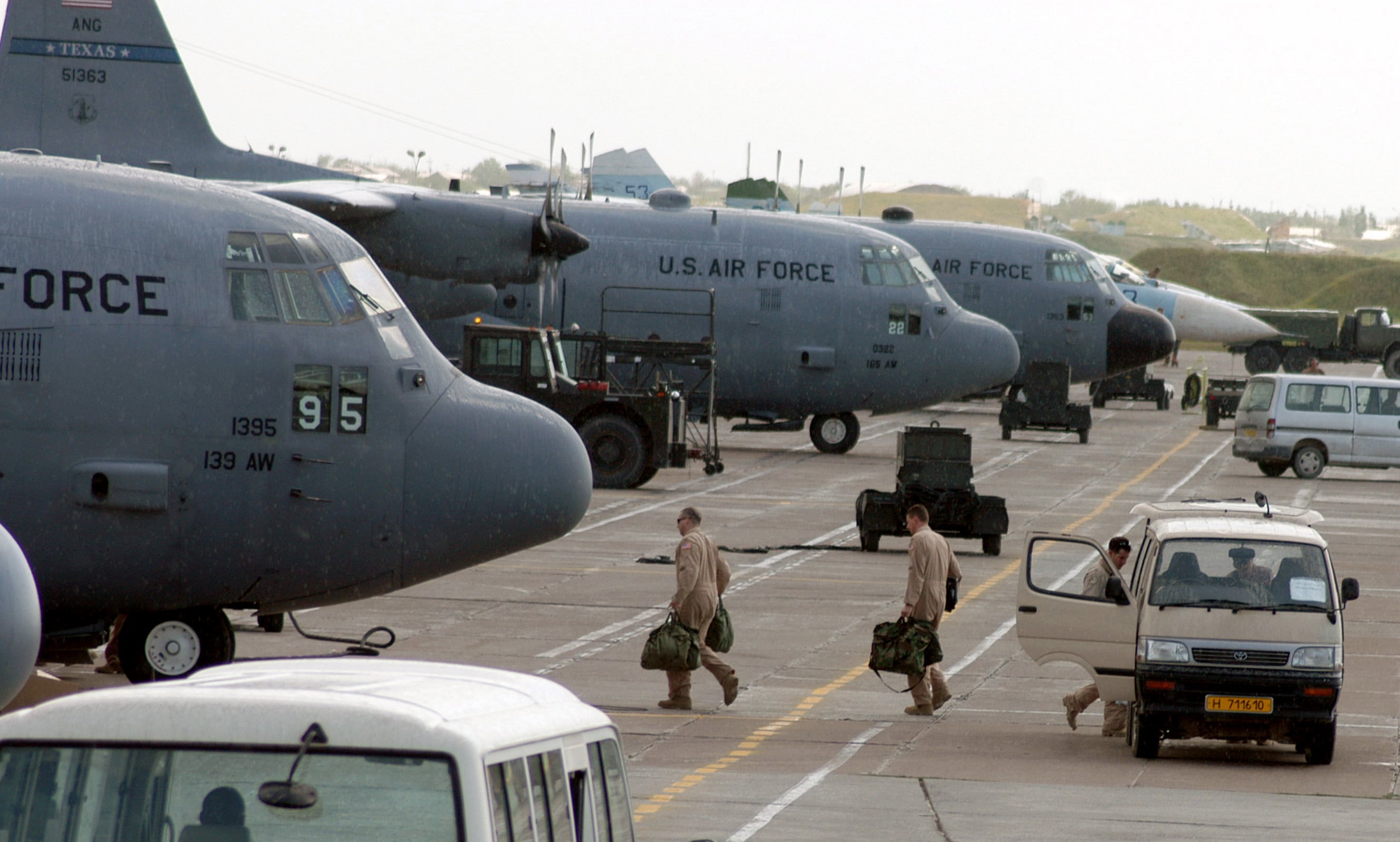A brigade combat team that is spread out over distances that span multiple nations, running security operations against a near-peer threat, while simultaneously conducting conventional artillery missions and hitting violent extremist groups with precision targeting and a coalition partner.
Is this a future fight scenario dreamed up by training commanders?
No. It’s the real-world deployment completed earlier this summer by soldiers of 3rd Brigade Combat Team, 10th Mountain Division.
In a recent meeting with reporters post-deployment, Col. Brian Sullivan, the brigade commander, ran through the varied and evolving mission set his soldiers experienced during their nine-month deployment from September 2017 to May.
Ultimately, the BCT had forces in 17 locations throughout Iraq, Syria, Kuwait and Afghanistan, he said.
The tour was not without its tragedy. Spc. Alexander Missildine, 20, of Tyler, Texas, died on Oct. 1 as a result of injuries sustained from an Improvised Explosive Device. He was serving with the 710th Brigade Support Battalion of the 3rd BCT, 10th Mountain Division in Salah ad-Din Province, Iraq at the time of his death.
The mission varied considerably from the previous unit’s work. That was when the 82nd Airborne Division’s 2nd Brigade Combat Team spent much of its deployment in fixed tactical locations around Mosul and Tal Afar, helping Iraqi Security Forces retake the areas from Islamic State fighters.
The Sullivan’s brigade headquarters alone moved four times in the nine-month mission — from Baghdad to Erbil to Qayyarah Airfield West and then to Kuwait.
As brigade staff mobilized, their soldiers did the same. The colonel said their unit motto became, “don’t ever get comfortable.”
In one case, soldiers with one of the brigade’s artillery batteries headed to Iraq to provide base security but were later transitioned back to an arty mission — even though it was not what they’d trained for and not where they’d expected to be located.
The 105mm-trained artillery soldiers were sent to Afghanistan, where only 155mm artillery pieces are available. They provided firepower to Afghan forces at two locations near Kandahar, Sullivan said. Another artillery unit later supported operations in the Middle Euphrates River Valley and in Syria.
An infantry battalion worked in Baghdad, helping secure the city’s operations center and provide elections security. Another infantry battalion and a cavalry squadron deployed to Q-West to help Iraqi troops clear ISIS remnants out of the Hawija pocket near Kirkuk.
An engineer battalion also performed route clearance across northern Iraq in connection with that operation, while its headquarters provided security and ran tactical drones from the base. And once the pocket was liberated, the cavalry squadron fell under a Marine Corps headquarters along the Iraq-Syria border and supported an Iraqi division with a final push to cut ISIS out of that area, he said.
RELATED

Soldiers from the battalion who were sent to Syria got a little taste of both counter-drone operations against ISIS elements and undisclosed interaction with Russian capabilities, Sullivan said.
The colonel declined to provide details about either the counter-drone ops or how his troops encountered Russian efforts in Syria. But he did say that the experience gave his soldiers valuable experience.
“It gave us the opportunity to operate in an environment that can’t be replicated anywhere at home station, including out training centers,” Sullivan said.
“We knew who was operating in that space,” he said. “We knew the interests and equities and knew their capabilities and capacities.”
He also praised both the counter-drone equipment the unit took with them to theater and that which was deployed as threats evolved quickly over the course of the deployment.
Sullivan also highlighted soldiers from the brigade who were in Baghdad near the end of the deployment to help provide security during the parliamentary elections, which Sullivan called the safest since the fall of dictator Saddam Hussein.
He credited both his soldiers and work done by Iraqi forces with the historically secure elections, which have traditionally seen more violence and disruption.
“Not a single life lost, which is simply remarkable when you consider the history in Iraq,” Sullivan said.
Though Iraqi leadership declared the defeat of ISIS early in the deployment, both Iraqi forces and Sullivan’s unit knew their work was far from finished as they continued to clear out pockets of the terrorist group in different areas of the country.
Much of the counter-ISIS mission was focused on “fusing” Iraqi human intelligence with U.S. targeting capabilities and precision strikes, he said.
Some of the expeditionary nature of what Sullivan and his soldiers faced during the deployment was practiced before the brigade even stepped foot in country.
Early on in preparations, Sullivan had his brigade staff set up the brigade’s combat operations center.
“This thing was massive,” he said.
“There’s no way this thing is survivable,” he told the staff.
So, he had them break up the COC into three elements, dubbing them “red, white and blue.”
The three elements had different capabilities but enough redundancy to work independently of each other. That work paid off as they quickly found themselves running across the area of operations at a breakneck pace.
“We were moving constantly. We were constantly in transition over the course of our nine months,” he said. “And that’s how we trained.”
Todd South has written about crime, courts, government and the military for multiple publications since 2004 and was named a 2014 Pulitzer finalist for a co-written project on witness intimidation. Todd is a Marine veteran of the Iraq War.





